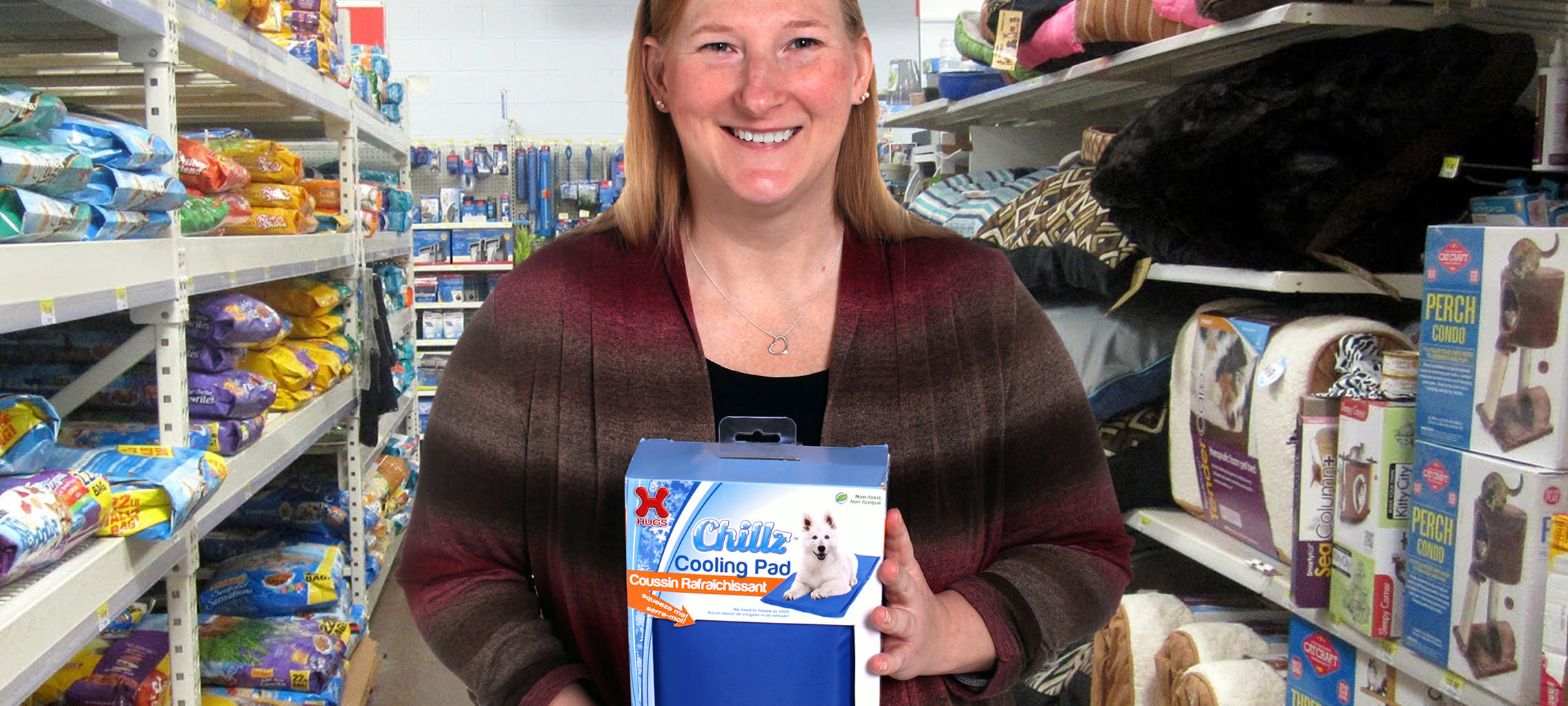
This invention was created using:
The Davison® 9-Step Inventing Method
Davison’s 9 Step Method offers our clients an informative experience that utilizes our technology and leverages our dedicated team of project managers designers, builders, and licensing agents who walk with inventors down the path of turning their idea in a product or app.
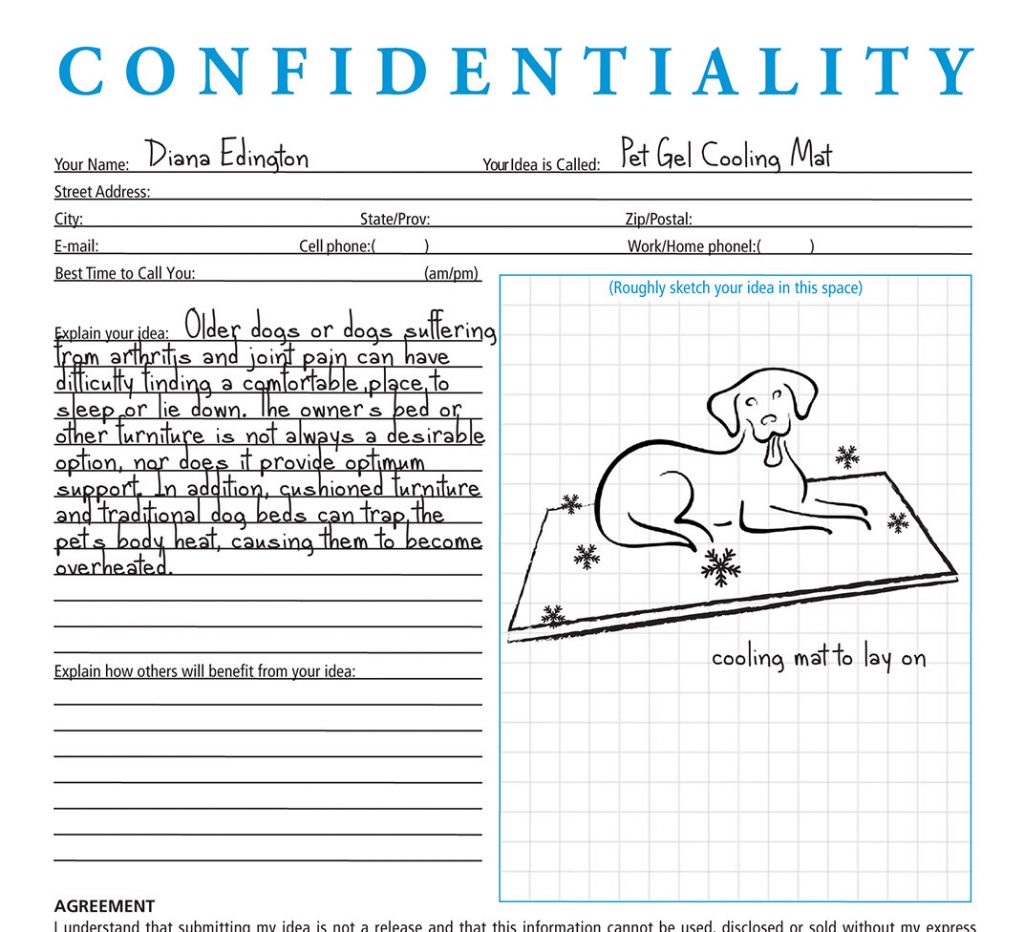
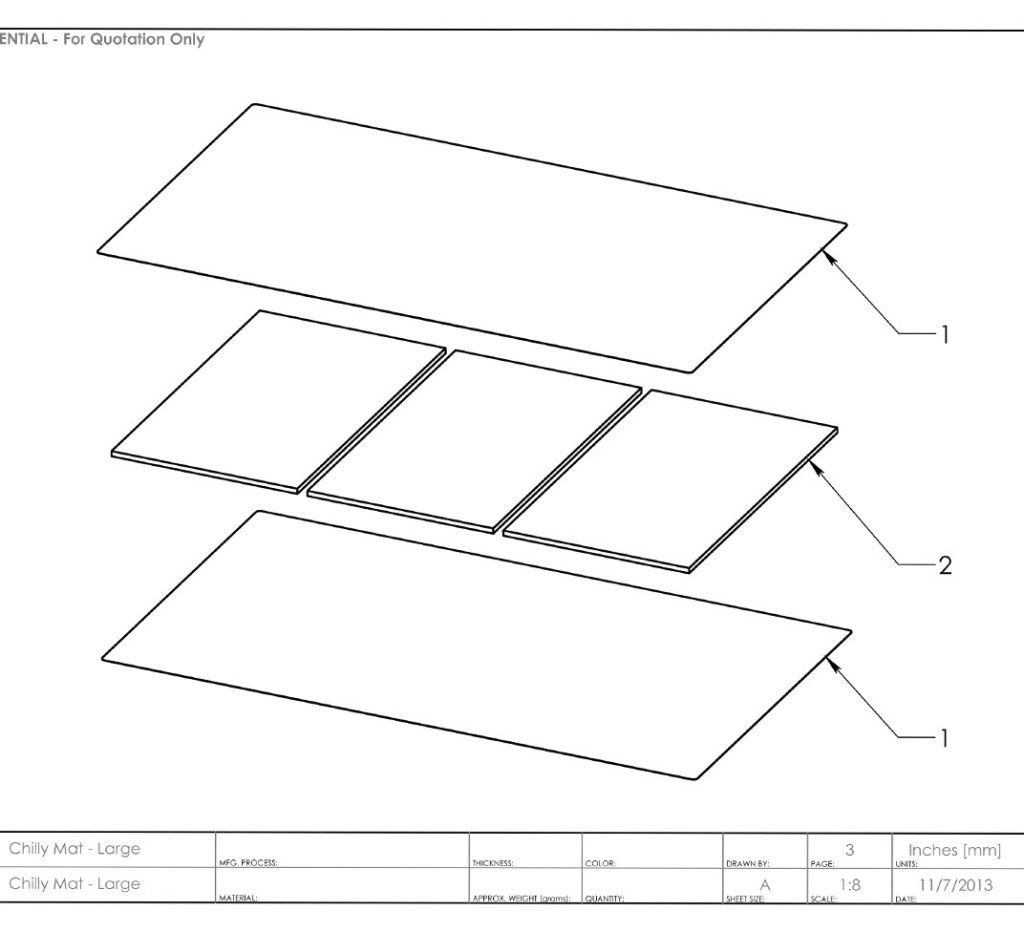
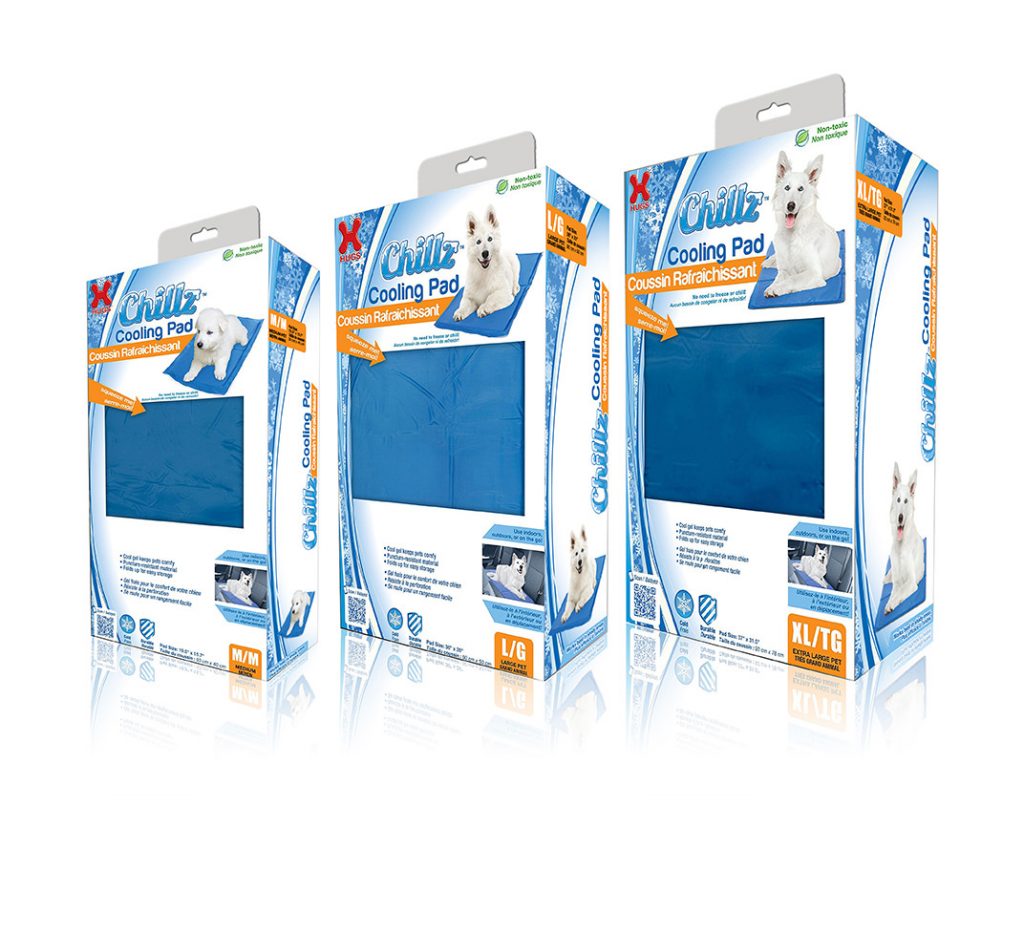
Diana was noticing on a really hot day how much her dogs were dehydrated and panting. The heat was unbearable and she couldn’t stand seeing her dogs suffer. That’s when she got an idea of a bed that would provide air cooling for a pet in hot weather.
We applied the Davison® Inventing Method on her idea and then successfully negotiated a license agreement with a corporation that wanted to include the Chillz Cooling Pad in their product line. They agreed to pay her royalties on each unit sold for the life of the product. Her product has earned a profit and has sold at WalMart, Petco, Wayfair, Home Depot and more. Diana was speechless when we issued her the first royalty check.
NOTE: Davison does not disclose the dollar amount a client receives from royalties and other profits.
Chilly Mat has sold in:



1 Confidentiality
Protect your idea with an Idea Security Agreement (ISA), or a Confidentiality Agreement before you speak with anyone, including a patent attorney.
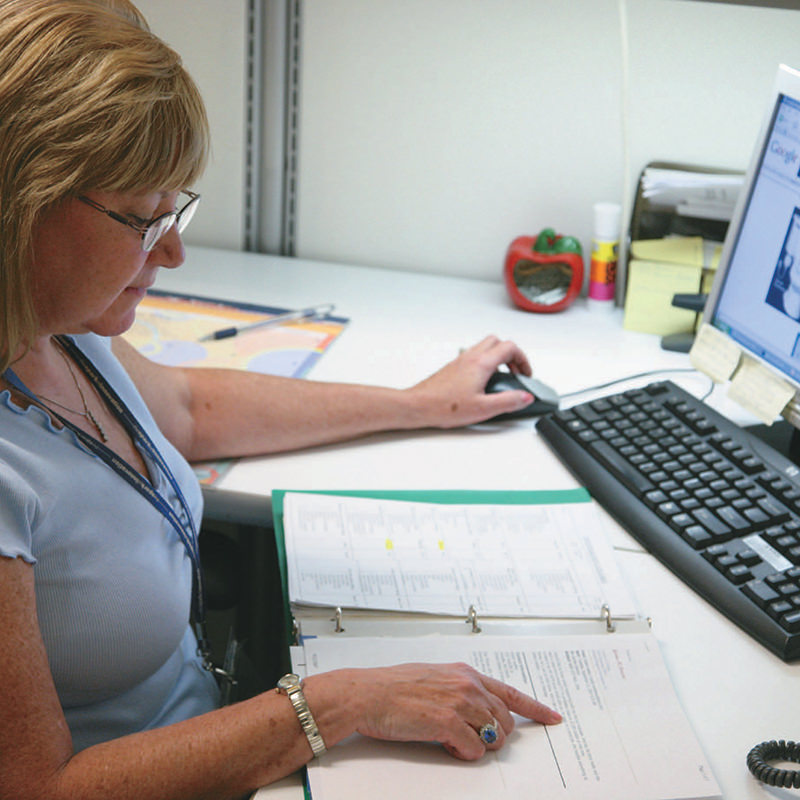
2 Pre-Development
We want to know as much as possible about the market where the idea will be going, the companies, products, and patents (patent search) in that market.
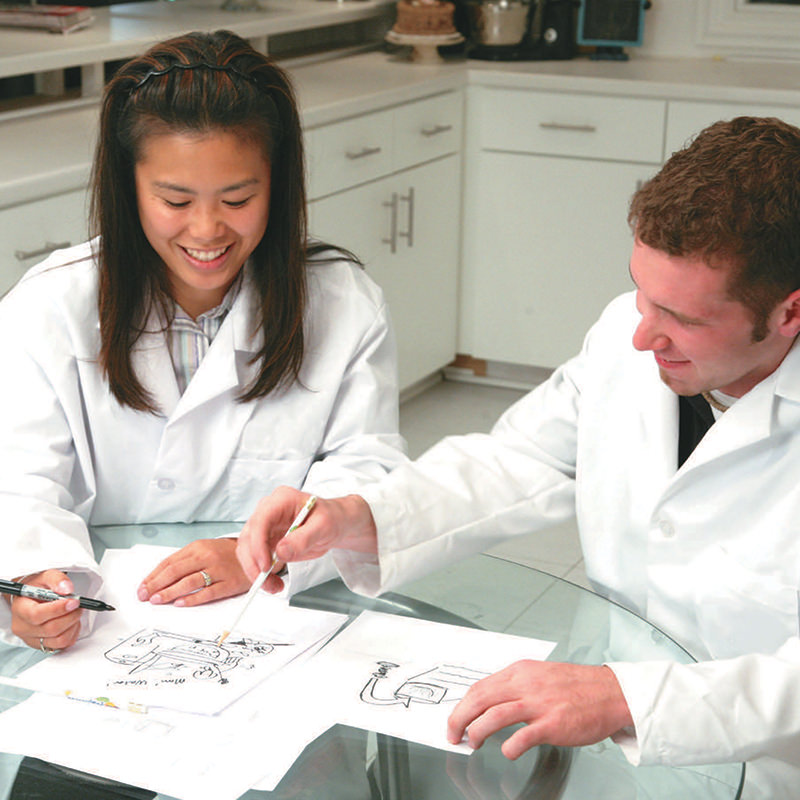
3 Brainstorming
Brainstorming is a very critical component of the inventing process. A team of people who are highly skilled in design, manufacturing, raw materials, and communications work together.
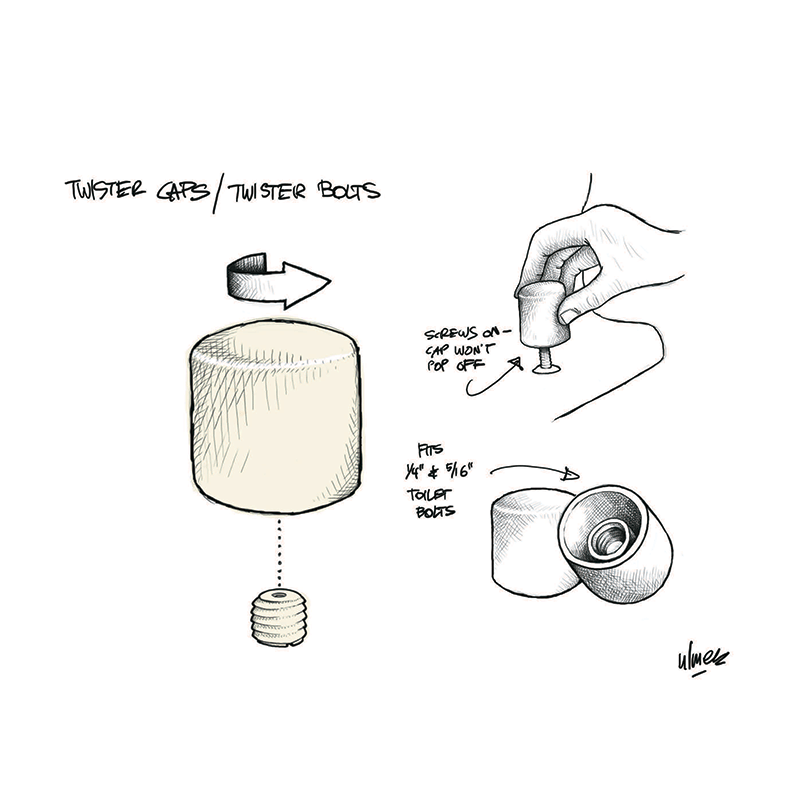
4 Ideation Sketch
Once a cost-effective solution is brainstormed, create an ideation sketch. The sketches are great communication tools, and let other people in the process understand the invention.
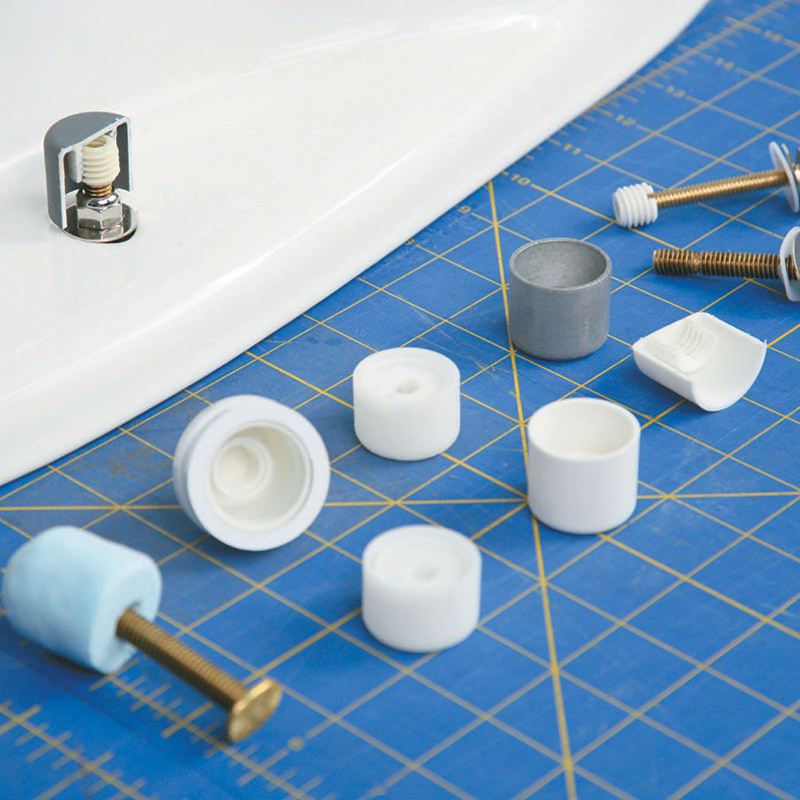
5 Concept Model
A concept model is a preliminary 3D working model based on the ideation sketch. In app development, the equivalent to a concept model is a wireframe diagram, which reflects the various types of functions and screens to be incorporated in the app. In gaining knowl- edge of a functioning model, changes can be noted for production and engineering.
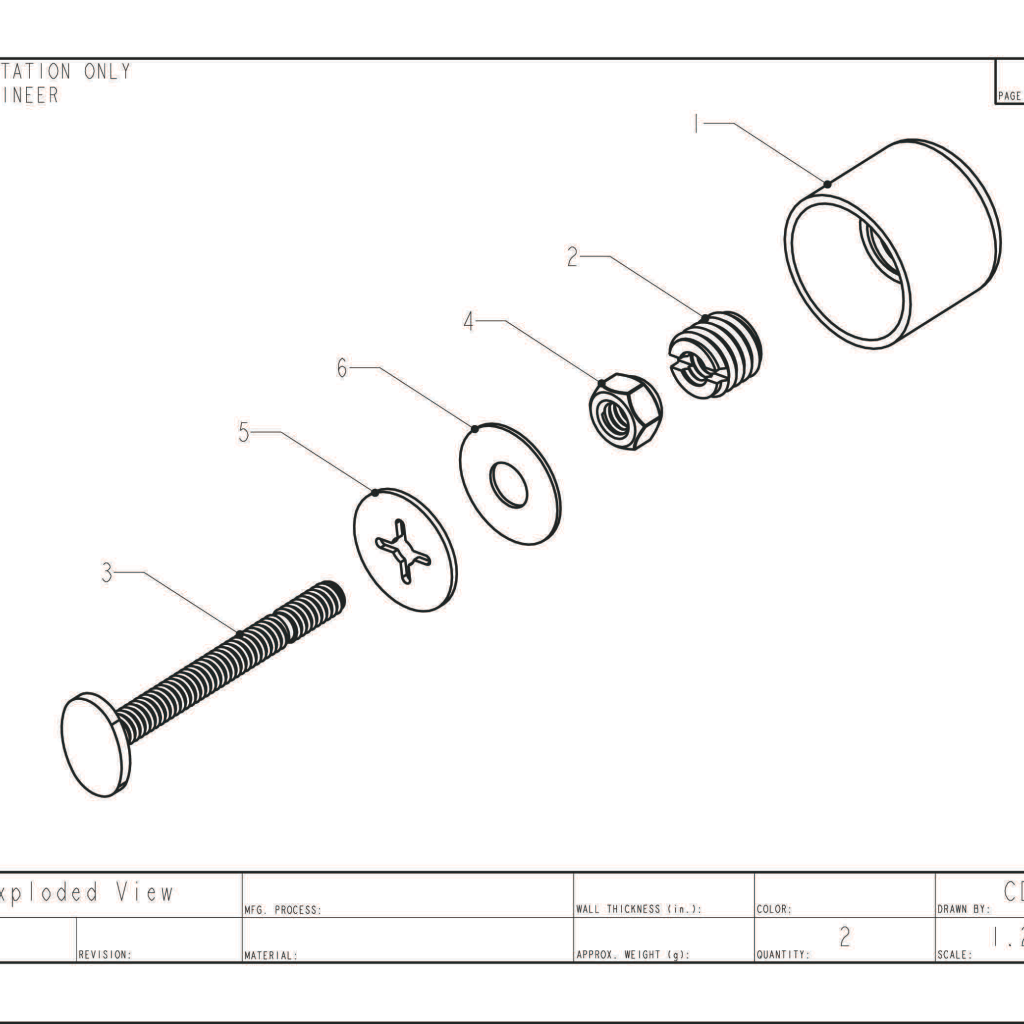
6 Engineering
Engineering takes precision thinking and the patience to contemplate every single part needed to build the product & how those components fit and work together.
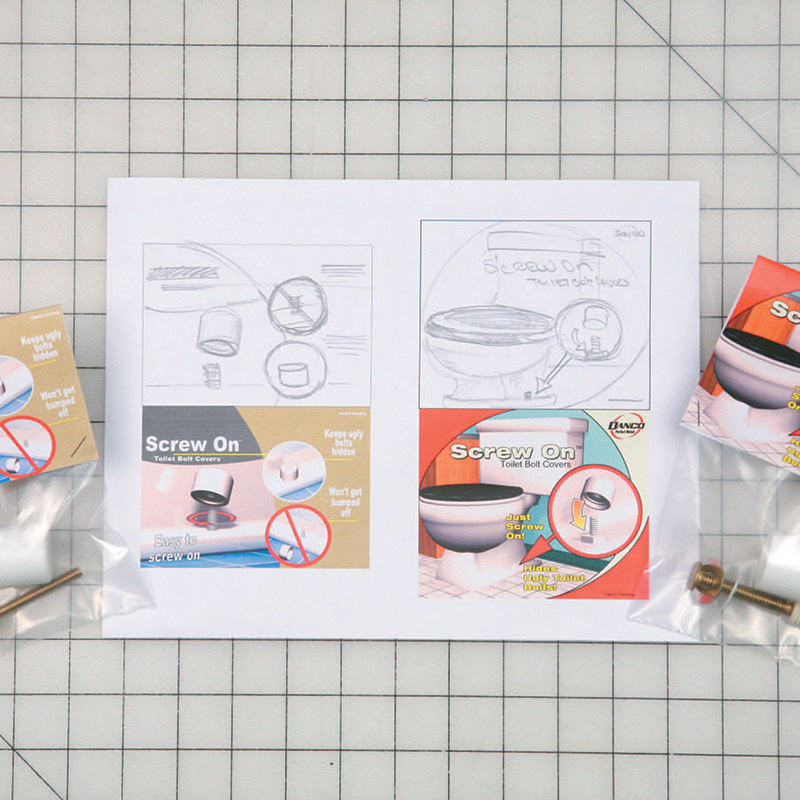
7 Package Design
After the packaging is designed, graphics are then created to showcase and maximize appeal to the customer. In the case of an app, graphics are designed for an app store sales display page.
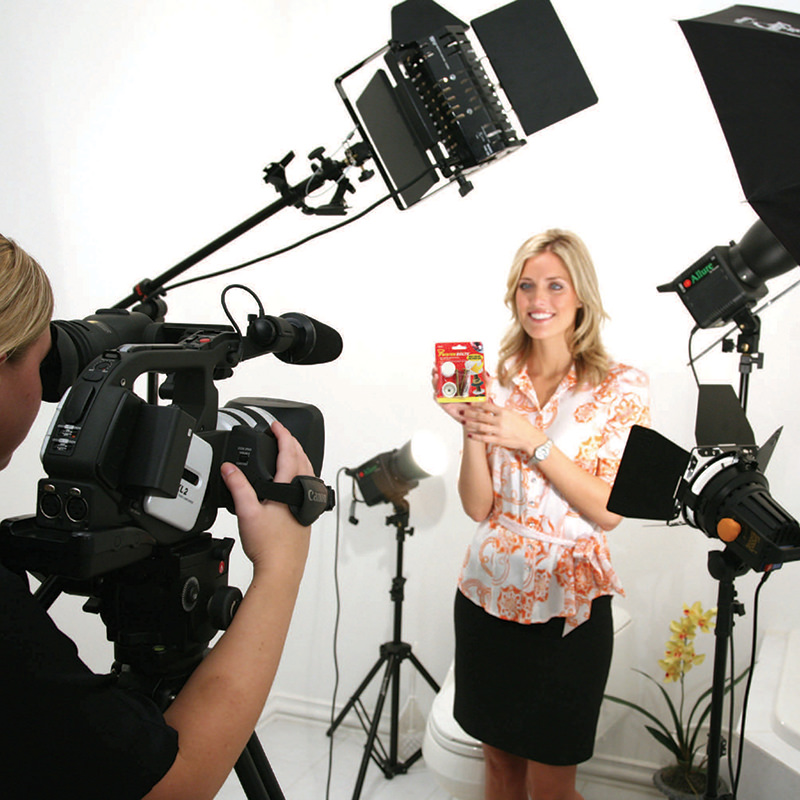
8 Graphic Design
The 3D virtual rendering represents what the actual product sample and packaging will look like. The drawings are transferred to machines that can create the components needed to make a product sample. For digital apps, a similar method applies, except the wireframe is utilized to move forward into the development of the final app.
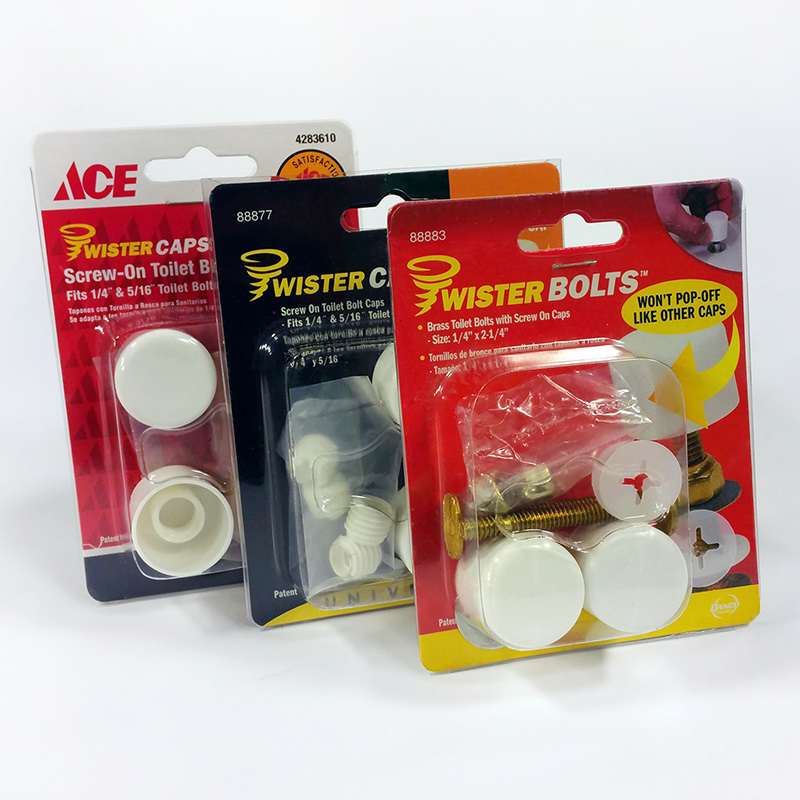
9 Product Sample
The development process continues when a fully functional product sample is created, and we begin to speak with companies about potential licensing opportunities and filing and paying for our client’s patent work. In the case of apps, the inventor is given access to a test version of the app to begin the process of placing an app into the market for downloads.
The “after” in the above case study is not meant to represent that all ideas go to market, get licensed and sell in stores and online. All ideas have their own journey. Some ideas go on to make history while others at least fail while daring greatly. Davison offers our clients an informative experience that utilizes our technology and leverages our dedicated team of project managers, designers, builders, and licensing agents who walk side by side with our inventors on their journey every step of the way. Davison charges fees for services. The typical inventor’s product is not licensed, profitable or sold in stores.
The photo above is of Diana, the actual client who was not paid for her endorsement of our company.

